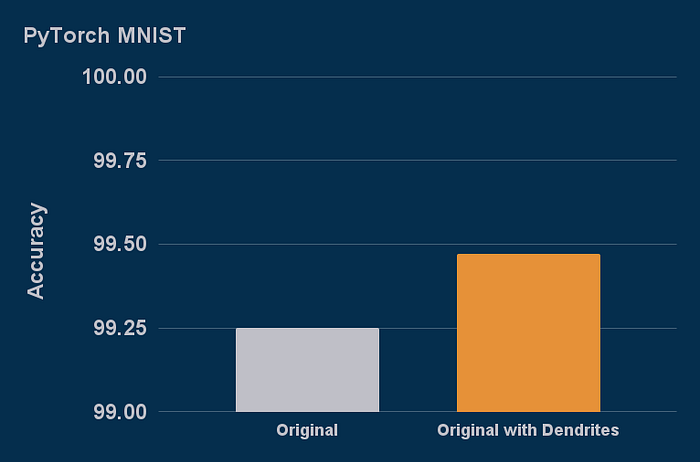Introduction to Artificial Intelligence
Researchers from MIT’s Computer Science and Artificial Intelligence Laboratory (CSAIL) have developed a novel artificial intelligence model inspired by neural oscillations in the brain. The goal of this new model is to significantly advance how machine learning algorithms handle long sequences of data.
The Challenge with Current AI Models
AI often struggles with analyzing complex information that unfolds over long periods of time, such as climate trends, biological signals, or financial data. One new type of AI model, called "state-space models," has been designed specifically to understand these sequential patterns more effectively. However, existing state-space models often face challenges — they can become unstable or require a significant amount of computational resources when processing long data sequences.
The Solution: Linear Oscillatory State-Space Models (LinOSS)
To address these issues, CSAIL researchers T. Konstantin Rusch and Daniela Rus have developed what they call “linear oscillatory state-space models” (LinOSS). This approach leverages principles of forced harmonic oscillators — a concept deeply rooted in physics and observed in biological neural networks. LinOSS provides stable, expressive, and computationally efficient predictions without overly restrictive conditions on the model parameters.
How LinOSS Works
"Our goal was to capture the stability and efficiency seen in biological neural systems and translate these principles into a machine learning framework," explains Rusch. "With LinOSS, we can now reliably learn long-range interactions, even in sequences spanning hundreds of thousands of data points or more." The LinOSS model is unique in ensuring stable prediction by requiring far less restrictive design choices than previous methods.
Benefits of LinOSS
The researchers rigorously proved the model’s universal approximation capability, meaning it can approximate any continuous, causal function relating input and output sequences. Empirical testing demonstrated that LinOSS consistently outperformed existing state-of-the-art models across various demanding sequence classification and forecasting tasks. Notably, LinOSS outperformed the widely-used Mamba model by nearly two times in tasks involving sequences of extreme length.
Real-World Applications
Recognized for its significance, the research was selected for an oral presentation at ICLR 2025 — an honor awarded to only the top 1 percent of submissions. The MIT researchers anticipate that the LinOSS model could significantly impact any fields that would benefit from accurate and efficient long-horizon forecasting and classification, including health-care analytics, climate science, autonomous driving, and financial forecasting.
Future Directions
"This work exemplifies how mathematical rigor can lead to performance breakthroughs and broad applications," Rus says. "With LinOSS, we’re providing the scientific community with a powerful tool for understanding and predicting complex systems, bridging the gap between biological inspiration and computational innovation." The team imagines that the emergence of a new paradigm like LinOSS will be of interest to machine learning practitioners to build upon. Looking ahead, the researchers plan to apply their model to an even wider range of different data modalities.
Conclusion
The development of LinOSS is a significant breakthrough in the field of artificial intelligence. With its ability to handle long sequences of data and provide stable, efficient predictions, LinOSS has the potential to revolutionize various fields, including healthcare, climate science, and finance. As researchers continue to build upon this new paradigm, we can expect to see even more innovative applications of LinOSS in the future.
FAQs
Q: What is LinOSS?
A: LinOSS stands for Linear Oscillatory State-Space Models, a new type of AI model inspired by neural oscillations in the brain.
Q: What problem does LinOSS solve?
A: LinOSS solves the problem of analyzing complex information that unfolds over long periods of time, such as climate trends, biological signals, or financial data.
Q: What are the benefits of LinOSS?
A: LinOSS provides stable, expressive, and computationally efficient predictions without overly restrictive conditions on the model parameters.
Q: What are the potential applications of LinOSS?
A: LinOSS has the potential to significantly impact fields such as health-care analytics, climate science, autonomous driving, and financial forecasting.
Q: Who developed LinOSS?
A: LinOSS was developed by CSAIL researchers T. Konstantin Rusch and Daniela Rus.











